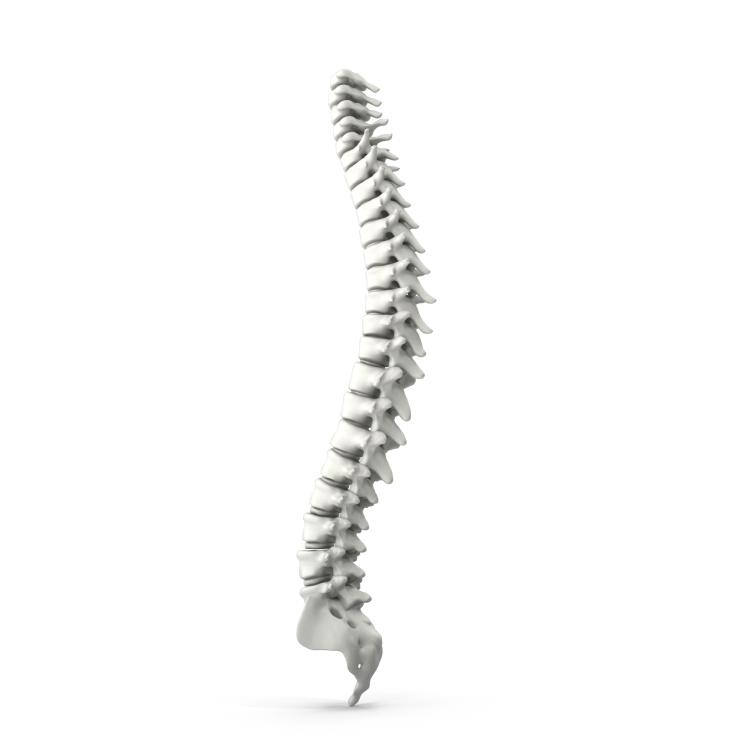- Home
- New Patients
- Treatments
- All Treatments
- Physiotherapy Evaluation
- Vestibular rehabilitation
- Cervicocranial treatment
- LVLA – Low Velocity Low Amplitude
- HVLA – High Velocity Low Amplitude
- Modern Cupping Treatment
- Kinesio Taping
- Kinetic Flossing
- IASTM – Instrument Assisted Soft Tissue Mobilization
- Dry Needling
- Electro Dry Needling
- Manual Therapy
- Therapeutic Exercises
- Low Level Laser Treatment
- About Aleks
- Blog
- F&Q
- Contact
- Home
- New Patients
- Treatments
- All Treatments
- Physiotherapy Evaluation
- Vestibular rehabilitation
- Cervicocranial treatment
- LVLA – Low Velocity Low Amplitude
- HVLA – High Velocity Low Amplitude
- Modern Cupping Treatment
- Kinesio Taping
- Kinetic Flossing
- IASTM – Instrument Assisted Soft Tissue Mobilization
- Dry Needling
- Electro Dry Needling
- Manual Therapy
- Therapeutic Exercises
- Low Level Laser Treatment
- About Aleks
- Blog
- F&Q
- Contact
HVLA – High Velocity Low Amplitude

HVLA stands for “High-Velocity Low-Amplitude,” and it is a technique commonly used in various manual therapies, including certain types of physiotherapy manipulative treatments. HVLA is a specific method used to manipulate joints, particularly the spine, with the aim of restoring joint mobility and relieving musculoskeletal pain.
In HVLA, the term “High-Velocity” refers to the speed at which the thrust or manipulation is applied, and “Low-Amplitude” refers to the small range of movement within the joint during the technique. Here’s a breakdown of the components of HVLA:
1. High-Velocity: The practitioner performs a quick and sudden thrust on a joint. This rapid movement is intended to provide enough force to overcome the joint’s resistance and create a “popping” or “cracking” sound. The sound is often associated with the release of gas bubbles from the joint fluid and is known as cavitation.
2. Low-Amplitude: Despite the high speed of the thrust, the joint is moved within a small range. The intention is to avoid excessive movement and prevent injury while still achieving the desired therapeutic effect.
HVLA is typically used when there is a joint restriction or when there is a need to restore normal joint mobility. It is often associated with the treatment of conditions such as:
• Subluxations: Partial dislocation or misalignment of a joint.
• Joint Fixations: When a joint becomes stiff and has limited range of motion.
• Certain types of back and neck pain.
• Musculoskeletal conditions that may benefit from joint manipulation.
There are certain contraindications and precautions that need to be considered before using HVLA techniques, and it may not be suitable for everyone or for all types of conditions.
Having a spine Problem? Try Our Therapy Today
“Empower your body’s journey to wellness. Book your physiotherapy session today and embrace a pain-free, active life.”
Spinal stenosis
Herniated disc
Disc Bulge


